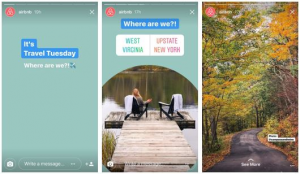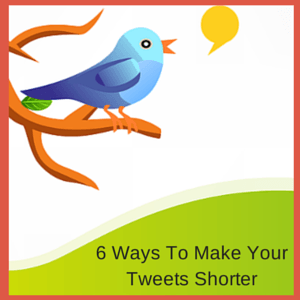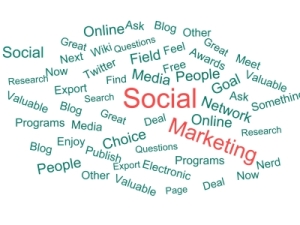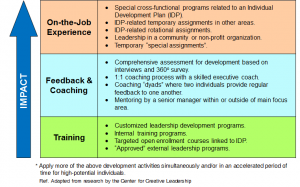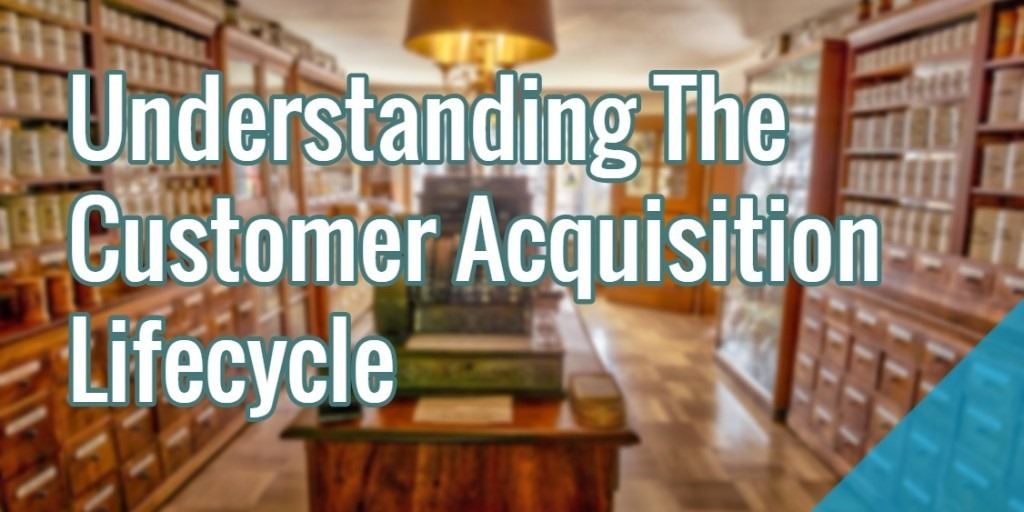
If you want to drive growth and allocate resources effectively, it is important that you understand the type of visitors you get and which stage of the customer lifecycle they are currently engaged in.
The amount of effort required to acquire a new customer (who is visiting your website for the first time), compared with the effort to retain a returning customer (who is visiting your website again) is completely different. So are the tactics involved.
Let’s take a look at the five basic stages of the consumer lifecycle and a few example tactics to keep them engaged at each stage.
1. Acquisition
Acquisition refers to the act of getting customers to your website from various media. To acquire new customers, you can:
- Use your offline presence to increase brand awareness and drive traffic to your website.
E.g. You can conduct seminars and presentations with specific calls-to-action (“visit www.example.com to download my notes and extra resources”).
- Make sure your website is SEO-ready to attract customers who are searching for exactly what you offer.
Ideally, both acquisition tactics mentioned above should be used at the same time to deliver the maximum impact. If you want to experiment with other organic acquisition tactics, there are tons of resources online where you can learn, such as HubSpot, Moz, and GrowthHackers.
You also have the option of running paid online ads (such as Google AdWords or Facebook Ads) to drive traffic to your website. However, this should only be done once organic growth tactics such as the ones presented in this article have been exhausted completely.
2. Activation
An activated user is a user who has shown a liking for your website and decided to spend some of his or her time using your website. It is crucial that your target audience feels the website is relevant to them and credible enough for them to move on to the next stage of signing up as affiliates. If you are not able to activate them, chances of them ever coming back again are slim to none.
- Make sure your website design is clean and modern, giving your brand the credibility required to earn your prospects’ trust.
- Avoid overselling in all aspects of your design as this will turn your prospects away before they’re ready to buy into what you’re selling.
- Provide enough educational content on your website to keep your prospects engaged on your website longer. The longer your prospects stay on your website, the stronger the trust that develops between them and your brand.
3. Retention
Once the prospect has been activated, it is time to keep them coming back.
This is where most marketers fail and the statistics can attest to that: only an average of 3% of all acquired customers will move on to the retention stage. This means that only 3% of them will open any marketing materials that you send them.
To increase your retention rate, trigger all the right emotions. Make them feel wanted and as if they’re part of an exclusive club. They need an incentive to move on to the next stage without feeling conflicted, and you can do this by:
- Engaging them through your newsletters. Make sure you talk less about yourself and provide them with content that has immediate benefits, such as tips and guides that can improve their lives or business.
- Offering them something for free or at a steep discount to keep them enticed — coupons, promos, ebooks. You can get really creative here!
4. Referral
The most prized and preferred client you will get is the one who evangelizes your product to others. Not only will these “brand ambassadors” refer people to your network, they will also activate and bring in traffic.
At this point, it is essential that any revenue-sharing schemes that you put into place are:
- Transparent
- Paid out on time
The chances of the client leaving from this point on is usually low. However, the reason most of them leave will be because of distrust created by a lack of transparency.
5. Revenue
The paying customer usually represents only 2% of your entire activated customer base. Keeping them at this stage requires little effort as they have already gone through all the mental blocks to join your network. However, it is important to continually engage them as you will have a massive opportunity to upsell new products and services to your existing customers.
Conclusion
Resources are scarce and opportunities to waste them aplenty. It is imperative that customer is moved along the lifecycle of his engagement through proper acquisition, engagement and retention techniques. Growth requires that the marketing funnel is understood and appropriate strategies are applied to the different customer types to increase return on investment for all digital marketing activities.
* Adapted lead image: Public Domain, pixabay.com via getstencil.com
Understanding The Customer Acquisition Lifecycle
The post Understanding The Customer Acquisition Lifecycle appeared first on Search Engine People Blog.
(47)





